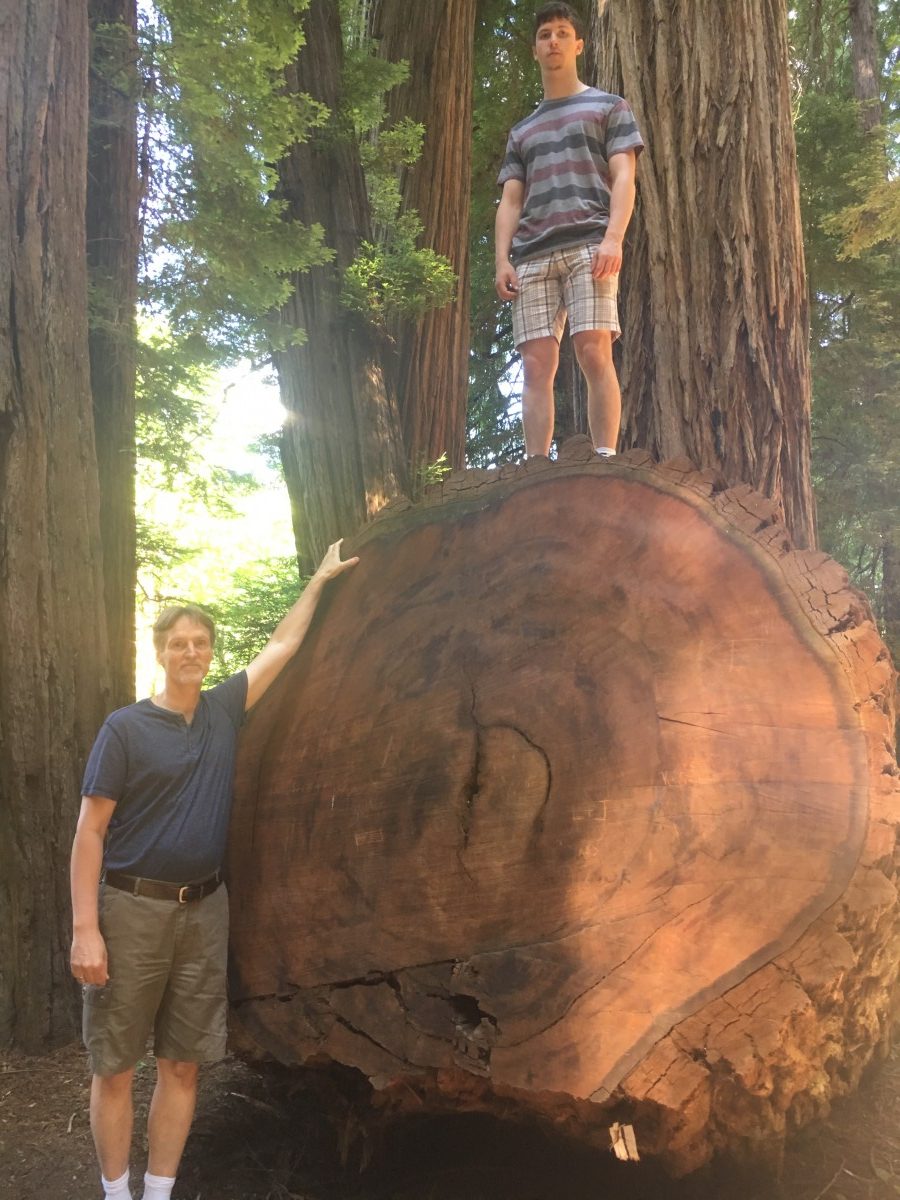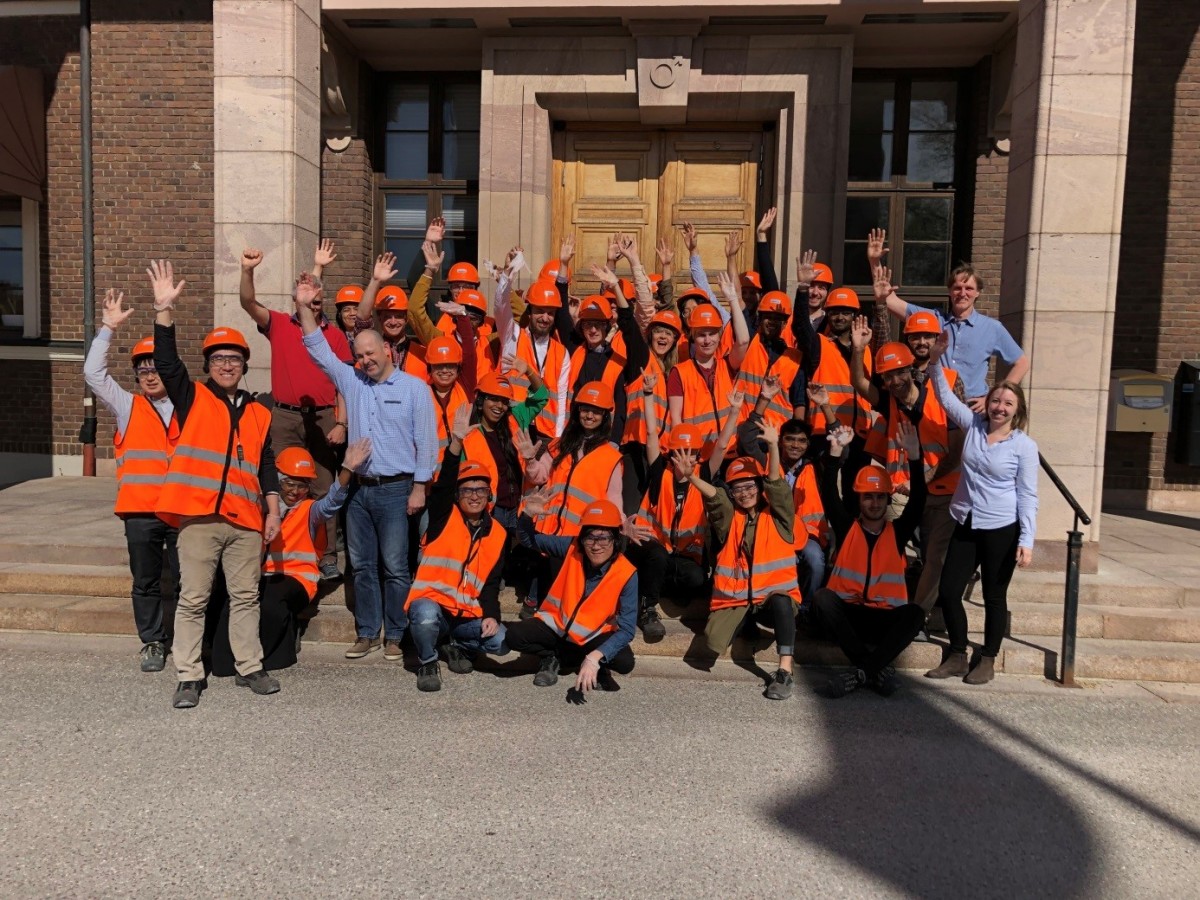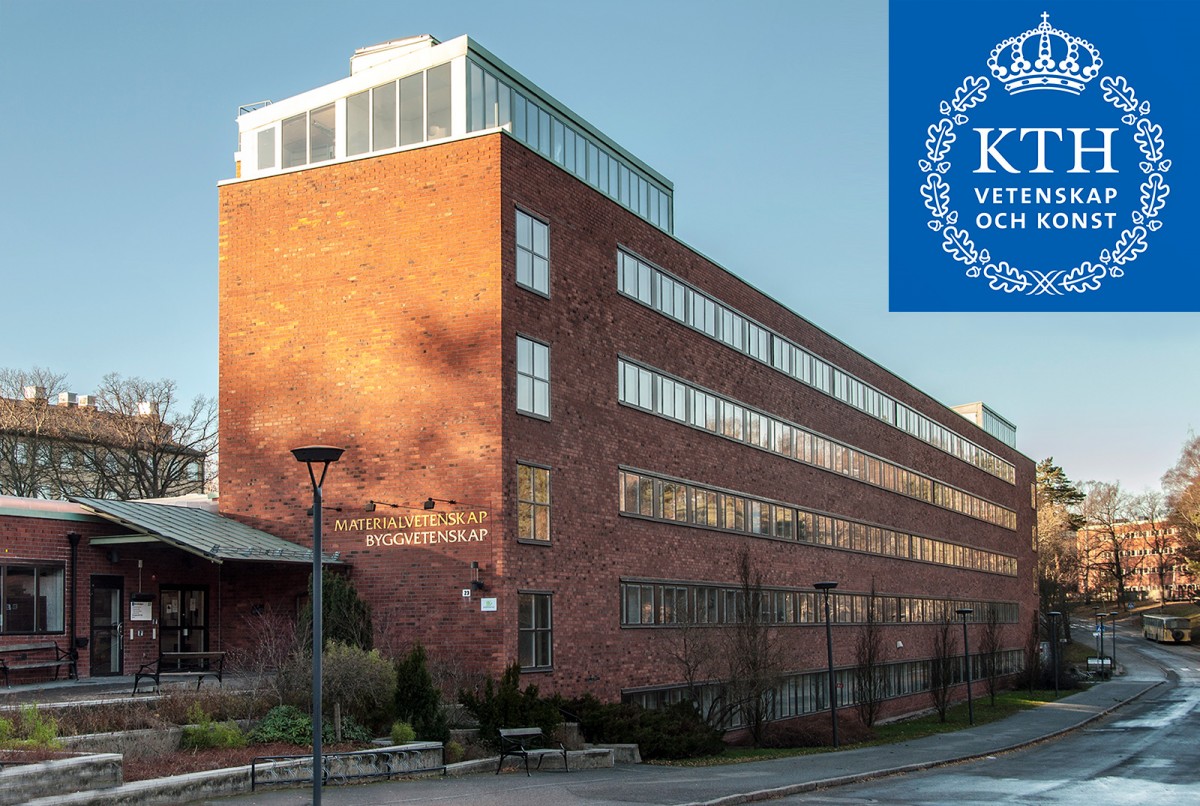Dear colleagues,
I wish to welcome you back from your vacations. I hope that all of you now have returned with an extra boost of energy so that you are ready to continue your work tasks in a successful manner!
As you all know by now, the President has initiated a process to select a new Head and Deputy Head of the ITM School. A committee consisting of participants from both KTH and ITM will be formed. The goal is to select the new leadership during the autumn so that they can start their positions in January 2020.
The President has appointed me as a Acting Head of School and Martin Törngren as the Deputy Head during the period of July 1 to December 31. Martin’s focus will be to lead an integrated research initiative that the ITM Management group has decided on earlier this year. I will let Martin explain more about this in his own blog.
My job will be to carry out the Head’s tasks in a similar way as was done by the previous one. This means, for example, that every second Tuesday I will meet the Head of Administration Christina Carlsson, the Director of First and Second Cycle Education (GA) Anna Jerbrant, the Director of Third Cycle Education (FA) Malin Selleby, and the Responsible for the research initiative Martin Törngren. The purpose with these meetings is mainly to prepare relevant questions that we will discuss in the ITM Management group, which also are held every second Tuesday. The Management group also consists of the Department Heads, the responsible for the faculty and a student representative.
I also wish to inform you about a couple of activities that will take place during the fall:
- The salary negotiations between managers and employees will take place in September.
- The quality system for the education at KTH will be evaluated. We will inform you more in detail later. Now we now that the dates for evaluations will be October 1 and November 25 to 28.
- The preparations for the assessment of the research (RAE2020) will start. This event will take place late August 2020.
 Finally, I wish to share some of my summer activities. The most amazing thing I did during the vacation was the visit to Jededia Smith’s Redwood State Park, where a Star Wars movie was filmed. It is a fantastic feeling to take a walk in such a forest full of very tall trees that are more than 2000 years old. I strongly recommend a visit to a Redwood park if you get a chance!
Finally, I wish to share some of my summer activities. The most amazing thing I did during the vacation was the visit to Jededia Smith’s Redwood State Park, where a Star Wars movie was filmed. It is a fantastic feeling to take a walk in such a forest full of very tall trees that are more than 2000 years old. I strongly recommend a visit to a Redwood park if you get a chance!
/Pär Jönsson, Acting Head of School


